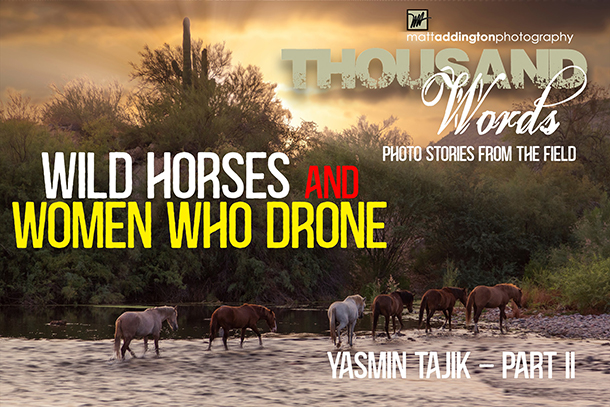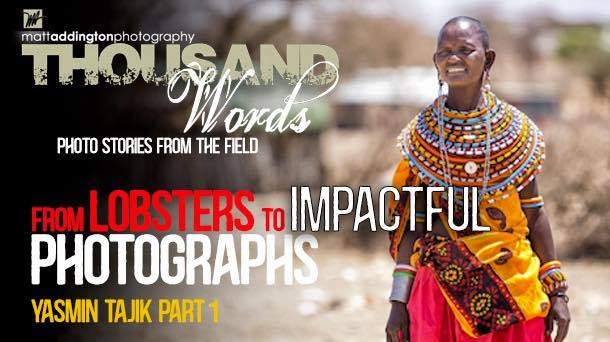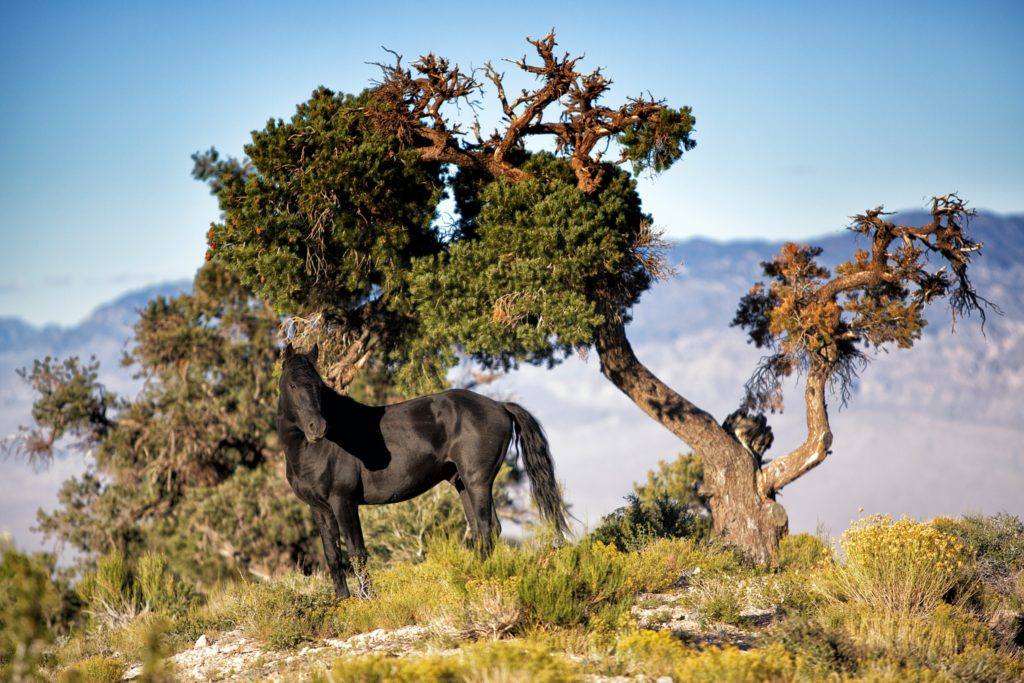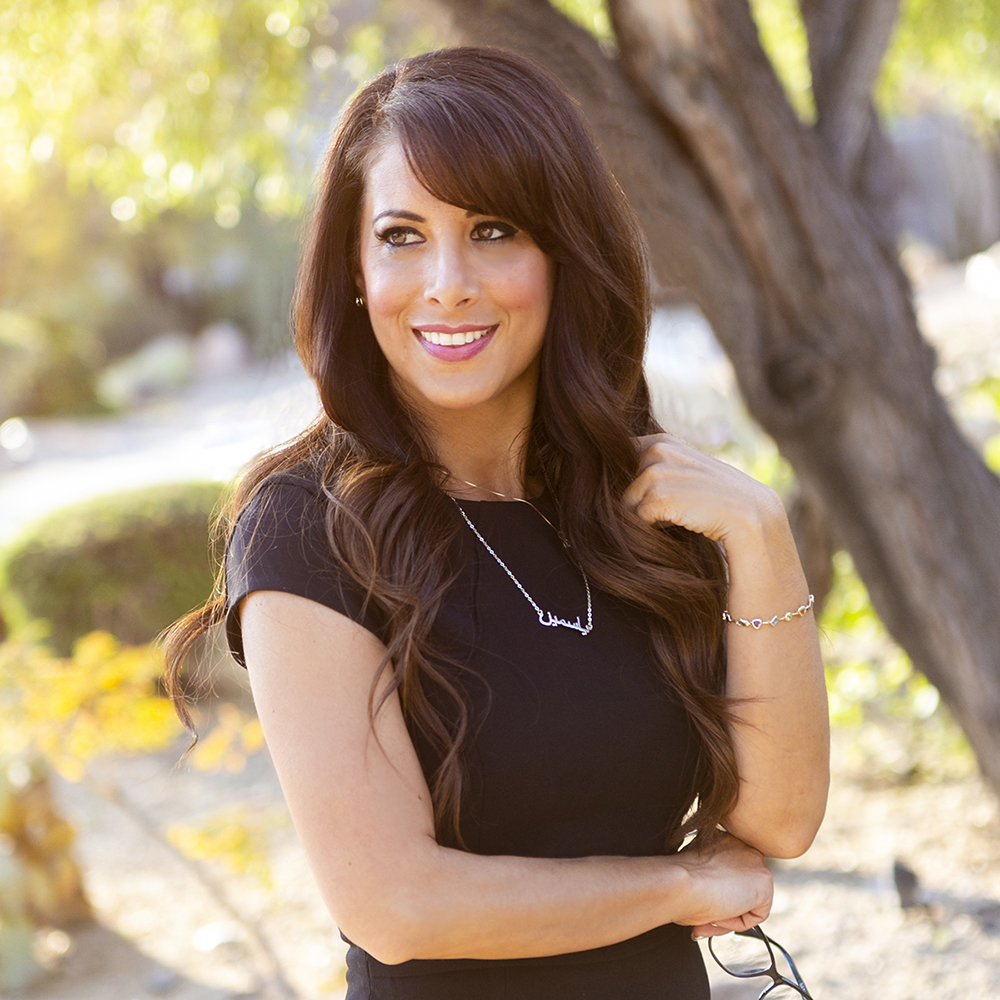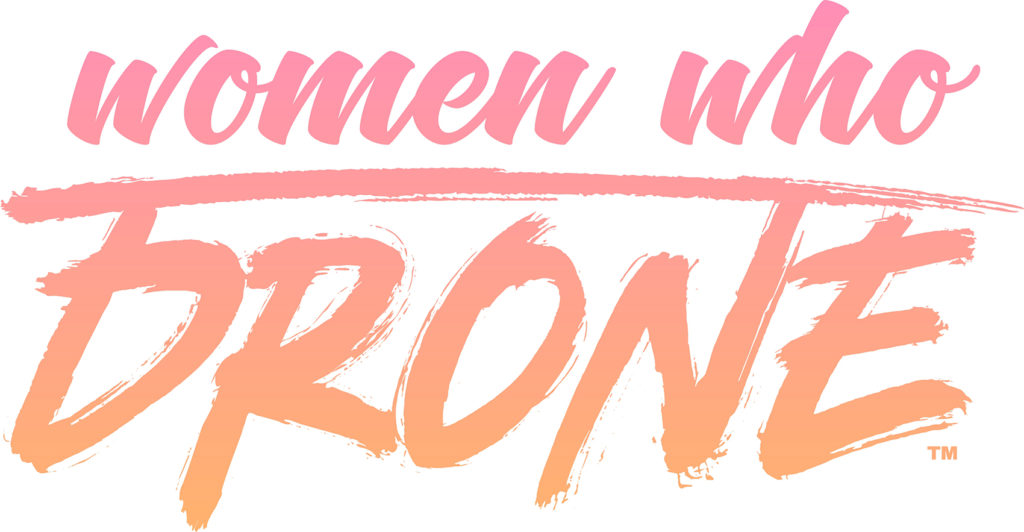I am excited to announce that I have partnered with the American Wild Horse Campaign, an organization dedicated to protecting and preserving the wild American Mustang. I’ve long followed their work, ever since first learning 10 years ago about the wild mustangs that continue to roam our lands. These majestic animals were granted protected status, however suffer cruel and systemic roundups by the federal government. As part of this new relationship, I reached out to Brieanah Schwartz to interview her and highlight more about The AWHC. Interspersed are some of the images that I have photographed over 10 years, covering the wild horses in both Nevada and Arizona. Tell us a little about you. I am the Government Relations and Policy Counsel for American Wild Horse Campaign. I am responsible for advancing AWHC’s position before Congress and this administration, producing comments that AWHC submits, and collaborating with the litigation teams on all of AWHC’s active cases. I received my J.D. from the University of Maryland Francis King Carey School of Law in Baltimore, Maryland and graduated with a concentration in Environmental Law. I am barred in the District of Columbia and the U.S. District Court for the District of Columbia. I have always loved horses. While attending Sweet Briar College, I self-published a book with my photography and research on the Cumberland Island wild horses. I have been riding since age seven and now compete in endurance. I currently reside in the Washington, D.C. area with my horse, Eire, dogs, Lady, Drover and Dandy and cat, Pippy. What inspired you to start working with AWHC? I went to law school with the pipe dream hope that horse law was a career. I was inspired by the wild horses of Cumberland Island in college. Unintentionally, the horses brought me into their world, which became a comfortable and secure place for me; especially in the devastating wake of my mother’s passing. I feel the least I can do to thank the horses for what they have done for me, is work for the American Wild Horse Campaign (AWHC), an organization that is working to preserve wildness and secure wild horses and burros in the wild for generations to come. I want future generations to have the chance to experience wildness like I did, whether on the islands of the east coast or the rangelands of the west. At the end of the day, it is undeniable that our wild horses and burros are special and deserving of protection. What are 3 words that describe you? Empathetic, determined, and conscientious. What is your greatest gift? This is a hard one! I think I have to say my soft strength. I am someone who is compassionate yet determined. When I am committed to something, like my work, I devote my whole heart to it and I tirelessly protect the horses as a result. How do you stay in an inspired state of mind? My horse. I have had Eire for 14 years, through high school, college, law school, work, 3 states, lots of road trips, etc. She is my rock, my safe place in the storm. No matter what may come, she’s got me and I’ve got her. My first case for AWHC was a lawsuit to stop the Bureau of Land Management (BLM) from performing a brutal surgical sterilization experiment on wild mares in Oregon. I would get to the barn and just hug Eire, thankful that she was not a wild mare at risk for being subjected to the awful procedure. Since then, I often find myself picturing her wild and in the place of the wild ones we fight for. She is my inspiration and motivation. She reminds me every day how special horses are, and how despite the difficult nature of the work, it is work worth doing. What are some common misconceptions about wild mustangs in the US? Under this administration, Acting Secretary William Perry Pendley has called wild horses the “existential threat” to public lands. In reality, wild horses and burros have been nothing more than a scapegoat for the livestock industry. You will likely hear that the west is overpopulated by wild horses. However, this statement is made by comparing the current population to the population that existed when the Wild and Free-Roaming Horses and Burros Act was passed in 1971 when wild horses were fast disappearing from the landscape. The BLM would like to see the population back at that arbitrary number instead of listening to science and managing for more horses on the land. You will likely hear that the horses are starving. However, many of the horses are in fine condition. The important thing to remember is that these horses are wild, they do not look like a champion show jumper, but they are for the most part very healthy exactly where they are. Instead, the BLM loves to parade around the same one picture they have of a starving horse in order to make their argument stick. Are there horses who need supplemental feed and water in drought years? Yes. Are they in the majority? No. You will likely hear that the wild horses reproduce rapidly and that the population is out of control. However, the BLM created this crisis though the use of its helicopter roundup and removal practices. Not only are these actions inhumane, they perpetuate a cycle of compensatory reproduction. In other words, when a large number of horses are removed, the herd that is left reproduces faster as a result. Instead, the BLM has humane tools available now to stabilize populations, but the agency refuses to implement them effectively leading to the manufactured “crisis” we have today. How can people help AWHC? People can help through our website and social media. Please stay up to date on what we report and be sure to stay engaged by signing the petitions and sending in comments on BLM actions when we share them. If they are able, donations are always


